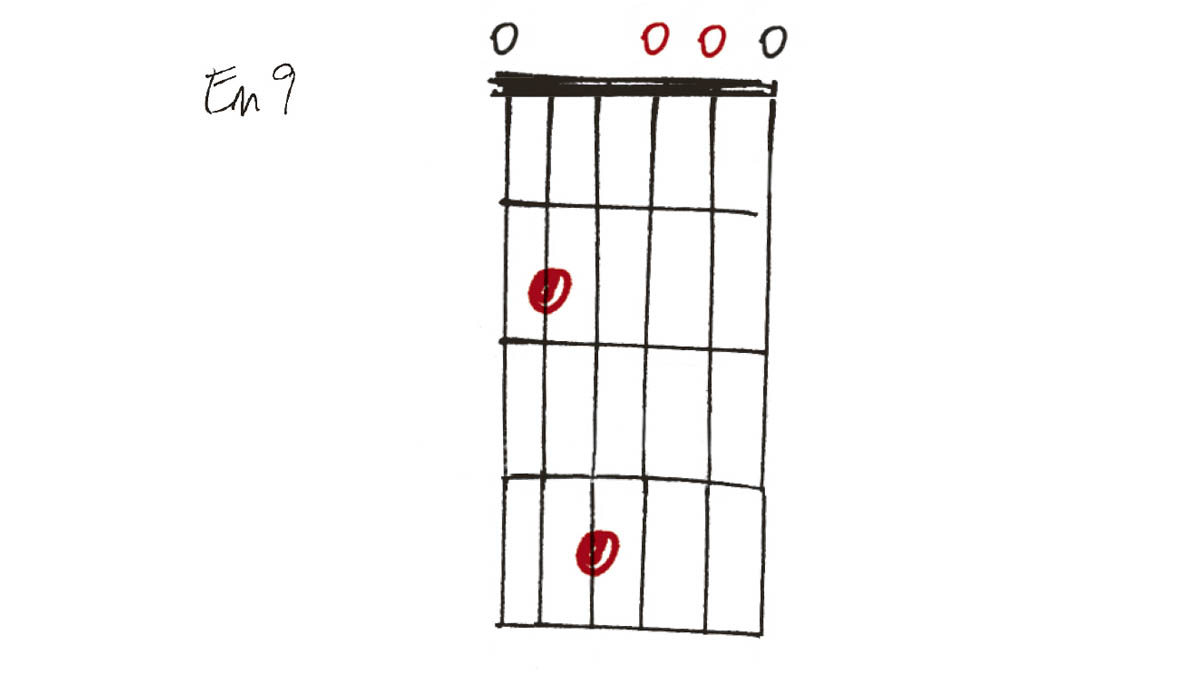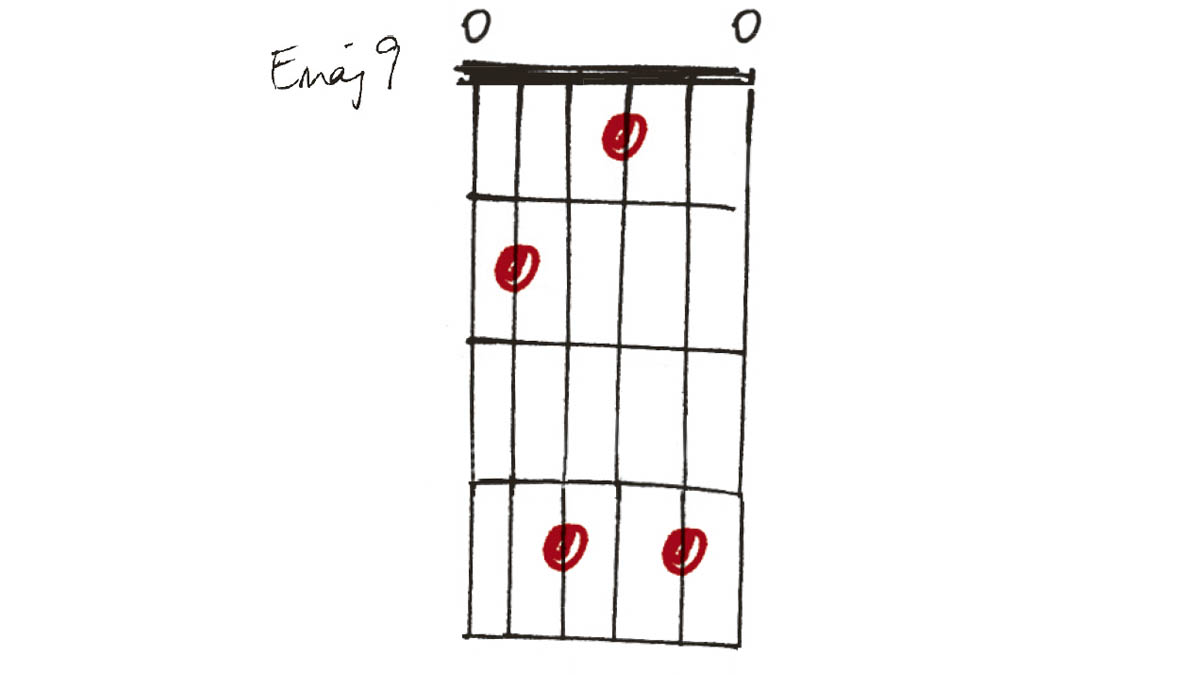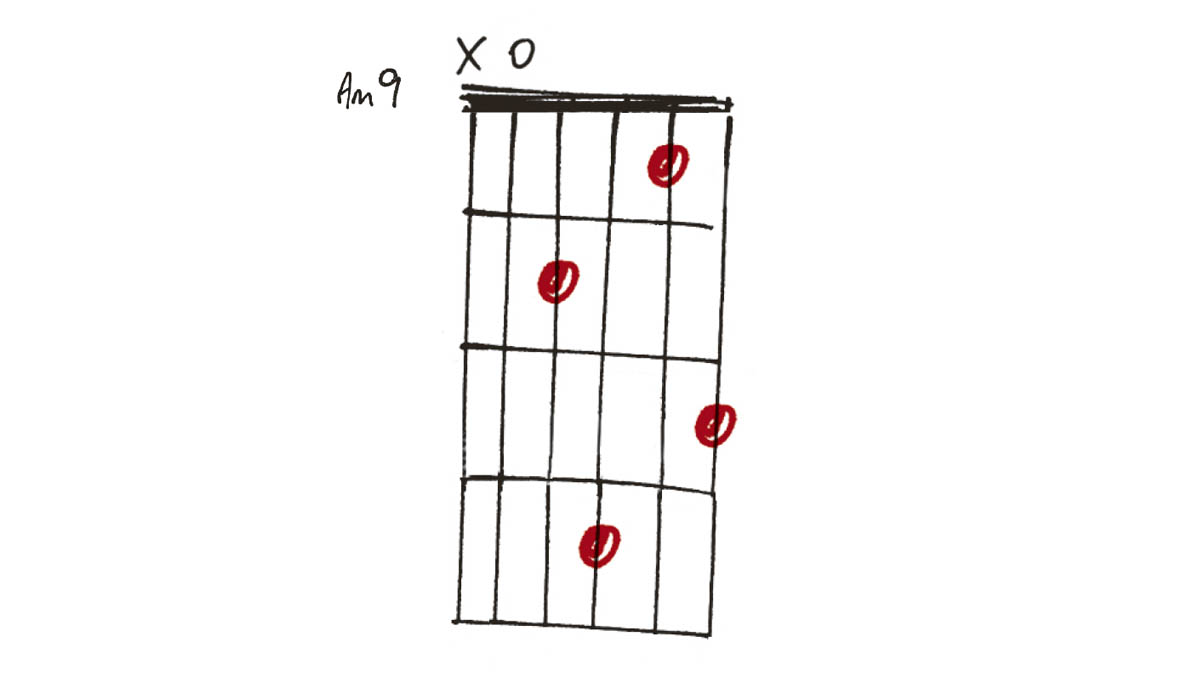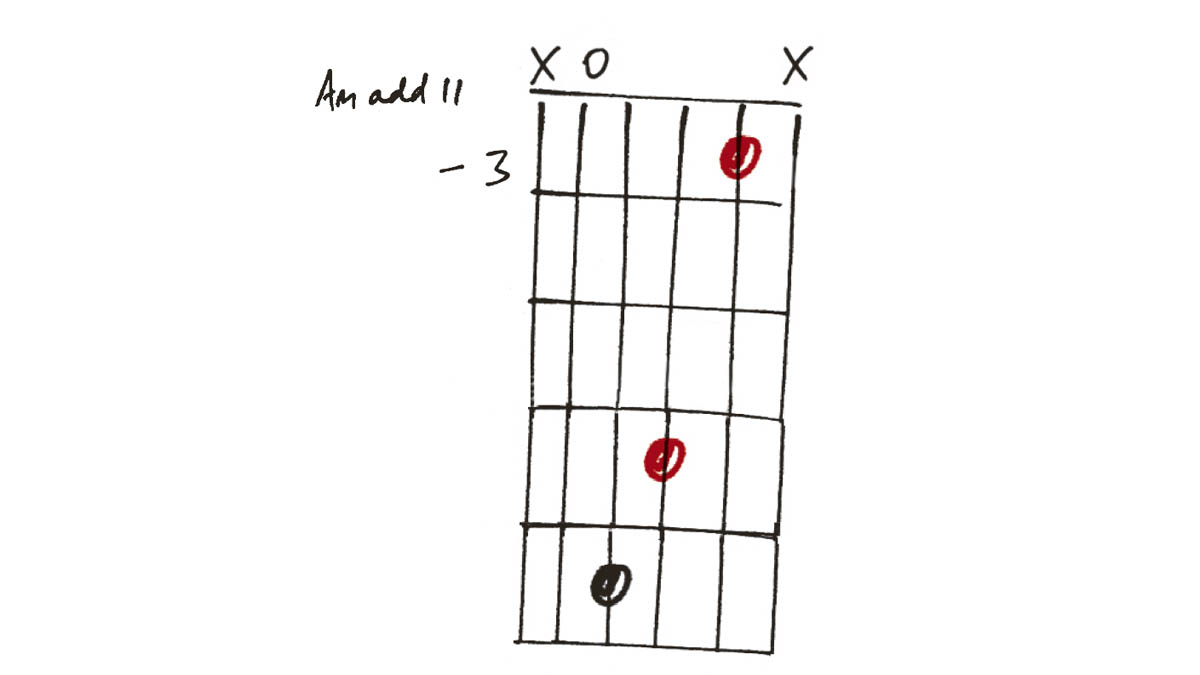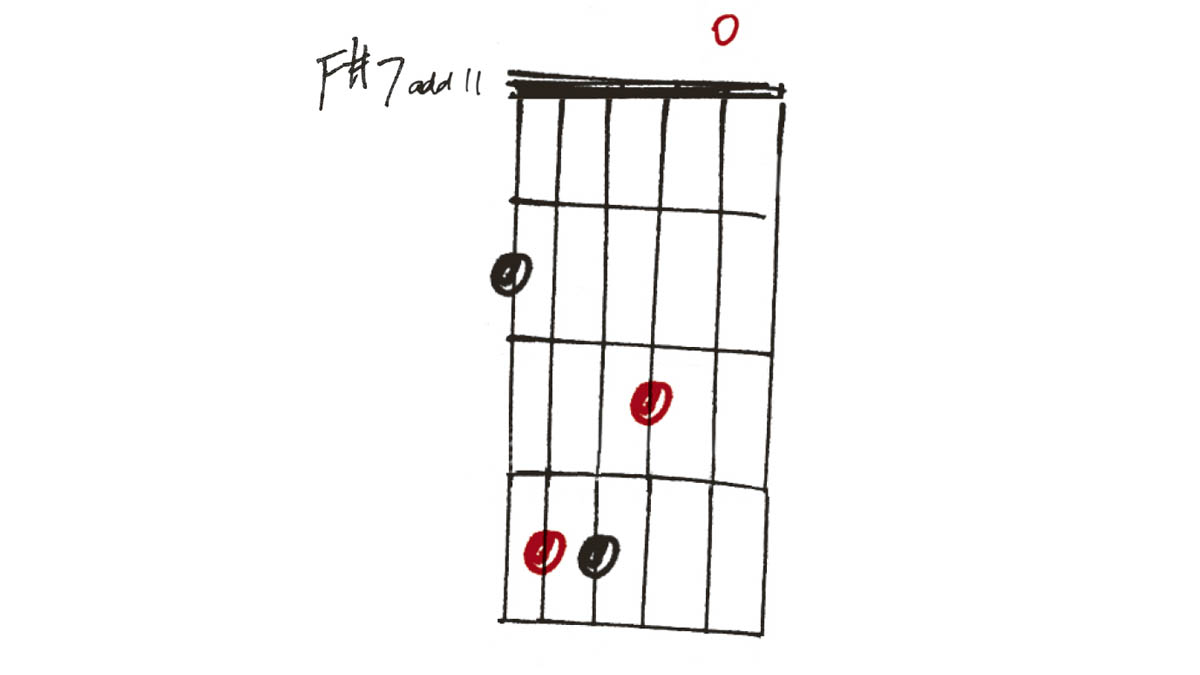5 dissonant guitar chords that hold unexpected delights – including one of Alex Lifeson's favorite shapes
We're always talking about harmonious chord pairings, but these discordant shapes will bring tension and surprise to your playing

When we combine harmonious intervals to create chords, there are various conventions we follow (consciously or otherwise) to avoid unpleasant dissonances. Here, we’re going to do no such thing! We will head boldly into a world of discord with our eyes wide open and see what unexpected delights can be found.
The most discordant interval is arguably the minor 2nd (semitone), so we'll find chord shapes/voicings that incorporate it. Generally, the lower the interval is in a chord, the more profound its effect. So none of our featured chords has a minor 2nd in the bass.
But never say never… We’re sticking with clear, unambiguous root notes at the bottom, adding in the weirdness in the mid to high register. Some of these examples may have a familiar ring – hopefully all of them will encourage you to experiment.
More detailed knowledge of chord construction can inform the note choices in your solo playing, too, of course!
1. Em9
This Em9 chord features a semitone interval, with the F# on the fourth string ringing boldly against the G of the open third . Playing these two notes in isolation, it’s hard to believe the inclusion of all the other notes in the chord can change the way we hear them so dramatically.
2. Emaj9
Shifting to a major feel, this Emaj9 features the semitone at the top. This would not sound as harmonious with a D# ringing against an E at the bass end. As it is, there is a certain push-pull between the two, which adds a sparkle that simply isn’t there if we omit the open first string.
3. Am9
Moving to Am9, the semitone here is between the B on the 4th fret, third string and the C on the 1st fret, second string. Perhaps this can be viewed a little like mixing colours; the dark minor 2nd interval blends with the minor 7th chord to give it a little more intensity.
All the latest guitar news, interviews, lessons, reviews, deals and more, direct to your inbox!
4. Amadd11
This add11 only just qualifies as a chord because it is very sparse. From low to high, we have root (A), another root an octave above, 3rd (C#) and the added 11th/4th a semitone above (D). The open E might make a nice addition, but it is omitted here. It is not a ‘sus4’ chord, because the 3rd is present.
5. F#7add11
This F#7add11 chord will bring a smile to the face of any Rush fans. By allowing the open first and second strings to ring at the top of this F# chord, we create the semitone we want between the third and second strings, with the open E adding more shimmer on top. Many more Rush textures can be found if you move this one around.
As well as a longtime contributor to Guitarist and Guitar Techniques, Richard is Tony Hadley’s longstanding guitarist, and has worked with everyone from Roger Daltrey to Ronan Keating.
